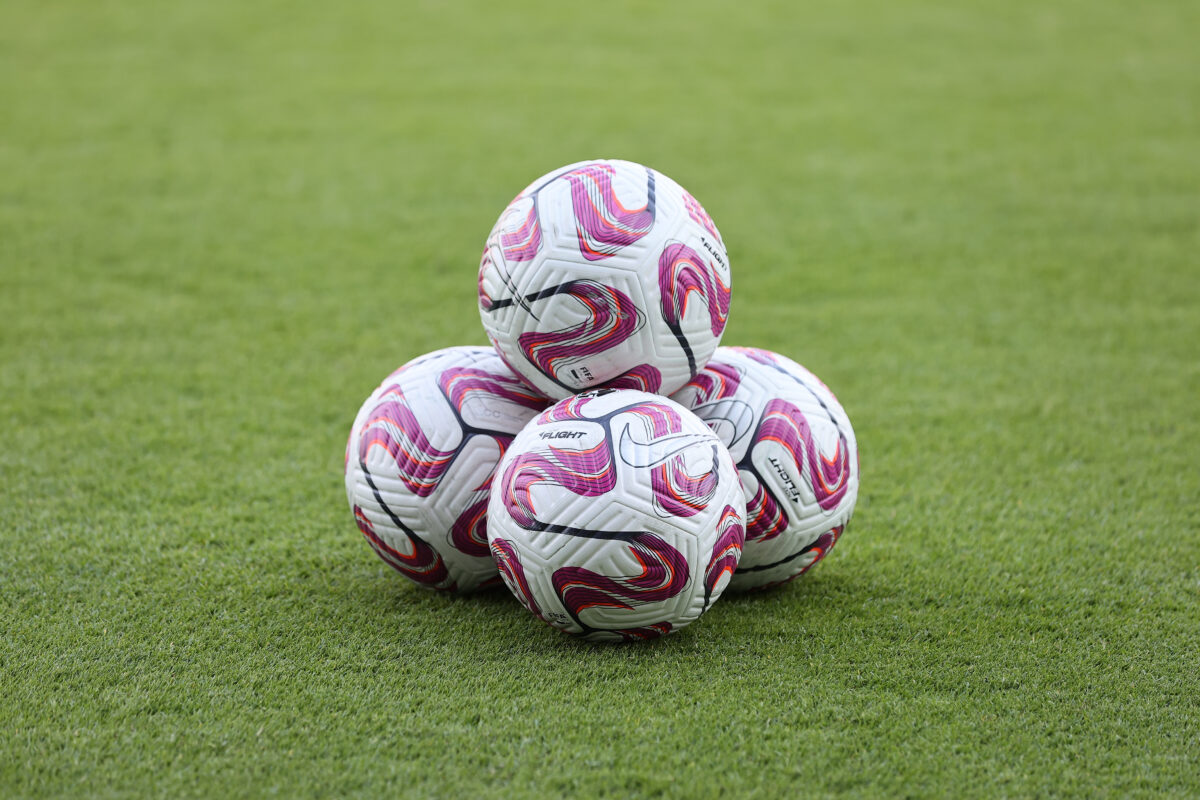Thursday marked 11 years to the day that USL Championship club Indy Eleven unveiled its badge in a ceremony in downtown Indianapolis.
It may also go down as one of the darkest days in club history.
The Eleven got a double dose of bad news. First, the Keystone Group — a real estate development firm owned by Indy Eleven owner Ersal Ozdemir — went public with an accusation that Mayor Joe Hogsett’s administration was going to “walk away” from a $1.5 billion mixed-use project known as Eleven Park.
Just hours later, Hogsett announced that he took a trip to New York City to meet with MLS commissioner Don Garber “to discuss the prospects of Indianapolis pursuing a Major League Soccer club.”
Hogsett then declared that he would be “leading an effort to file an [MLS expansion] application,” adding that he had already taken steps towards passing the municipal hurdles involved in bringing another professional team to the city.
In other words, the Eleven and USL were left hanging, all for the mere possibility of an MLS club coming to town.
Hogsett didn’t take any questions on Thursday, but in quotes published by local radio station WIBC, he made clear that the city intends to only build one soccer stadium, and its eyes are entirely on MLS.
“We are not building two soccer stadiums. We are just going to build one,” Hogsett said. “Where that goes is largely dependent on what MLS is going to expect.”
Ground was broken on the 20-acre Eleven Park project in May 2023, with Hogsett among the Indianapolis dignitaries to thrust a ceremonial shovel into soil on the site. The entire development was set to be anchored by a 20,000-seat stadium for the Eleven.
Now, however, the mayor’s administration maintains there was no actual deal in place, despite Hogsett referring to that groundbreaking as “a pivotal moment” for the city in remarks made at the event.
Pro Soccer Wire reached out to the USL for a statement on the matter, but at the time of publication had not received a reply.
While the city of Indianapolis appears to be pushing all of its chips in on the bet of an MLS expansion bid, the league’s interest in the Indiana capital seems far more mild.
ESPN obtained a statement that read, in its entirety, “It was exciting to hear Mayor Hogsett’s vision for a new soccer-specific stadium in Indianapolis.”
“I don’t think sitting here today that we have any plan in the near future to go beyond 30 teams,” Garber told ESPN shortly after confirming a 30th MLS side for San Diego last year. Las Vegas and Phoenix have also been mooted as expansion candidates, though MLS has no stated window for when decisions on that front could be made.
MLS, USL co-existence difficult
The situation in Indianapolis calls to mind what transpired in San Diego last May, when MLS announced plans to launch a 30th team in the city despite the presence of USL Championship side San Diego Loyal.
The Loyal were defiant at first, but by August announced that it would fold over a lack of a stadium solution. San Diego FC has not begun play in MLS, but the USL Championship’s 2024 season still kicked off without the Loyal.
MLS and USL have had a difficult time existing in the same market. The only current USL Championship side playing in a city with an MLS team is Miami FC, while Loudoun United and Orange County SC play well out in the suburbs of markets that house MLS sides.
The closest thing to coexistence is in Charlotte, N.C., home to MLS’s Charlotte FC and the Charlotte Independence of USL League One. Notably, the Independence chose to self-relegate after the 2021 season, just as MLS came to Charlotte.
Indy Eleven’s situation isn’t exactly the same; San Diego was a tenant at aging, undersized Torero Stadium, while work on the Eleven Park project is underway. However, without city support, the end result could well be the same.
The USL Championship version of the Eleven wouldn’t be the only potential casualty. The club has announced plans to move its USL W League side — one that won a championship in 2023 — to the USL Super League, but only upon the completion of Eleven Park.
[lawrence-related id=26638,20017,9213]

